Drawing Tablets That Dont Need A Computer
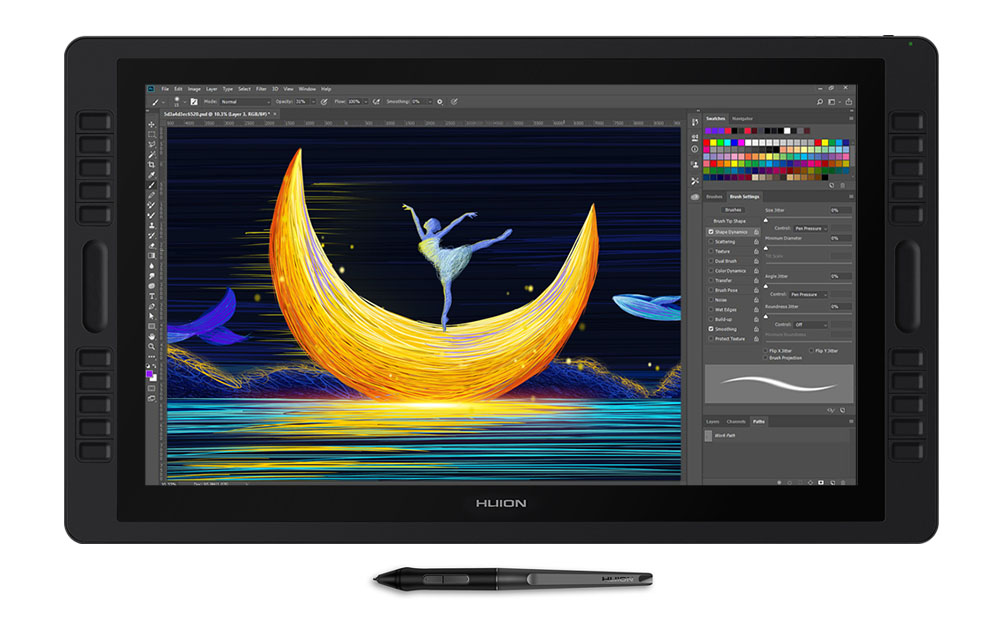
The world of digital art is undergoing a revolution, and at the forefront is the emergence of drawing tablets that operate independently, liberating artists from the constraints of a computer connection. These standalone devices are not just a novelty; they represent a fundamental shift in how digital art is created, offering unparalleled flexibility and portability.
At the heart of this technological leap lies the integration of processing power, storage, and a high-resolution display directly into the tablet. This allows artists to create, edit, and share their work without needing to tether to a desktop or laptop. The implications are vast, impacting professional workflows, educational settings, and the accessibility of digital art for enthusiasts worldwide.
The Rise of Standalone Tablets
For years, digital artists have relied on drawing tablets connected to computers, using software like Adobe Photoshop or Clip Studio Paint. These setups, while powerful, can be cumbersome and restrict creativity to a desk or studio environment.
Standalone tablets, like the iPad Pro with Apple Pencil support or the Samsung Galaxy Tab S series with the S Pen, change this paradigm. They offer a self-contained creative ecosystem, combining the tactile feel of drawing with the versatility of digital tools.
These tablets are equipped with powerful processors, often comparable to those found in laptops, enabling smooth performance even with demanding applications. Internal storage allows artists to keep their projects readily accessible, while high-resolution displays ensure accurate color representation and crisp detail.
Key Features and Benefits
The appeal of standalone tablets extends beyond their portability. They often incorporate features specifically designed for artists, such as pressure sensitivity, tilt recognition, and customizable shortcut buttons.
Pressure sensitivity allows for nuanced line control, mimicking the feel of traditional drawing tools. Tilt recognition enables artists to vary the stroke width and opacity by angling the stylus, adding another layer of realism to digital artwork.
Furthermore, many standalone tablets support cloud storage, facilitating seamless collaboration and backup. This ensures that artwork is safe and accessible across multiple devices. Battery life is also a critical consideration, with many models offering several hours of continuous use on a single charge.
Impact on the Industry
The impact of standalone tablets is already being felt across various sectors. Professional illustrators and designers are adopting these devices for on-the-go sketching and concept development.
Educators are incorporating them into art curricula, providing students with accessible and engaging tools for digital art creation. Amateurs and hobbyists are finding that standalone tablets lower the barrier to entry, making digital art more approachable and enjoyable.
"The freedom of being able to create anywhere, anytime, is a game-changer," says Sarah Chen, a freelance illustrator who uses a standalone tablet for her work.
However, some argue that traditional pen displays connected to powerful computers still offer greater processing power and software capabilities. This setup is often preferred for complex projects requiring advanced features and extensive editing.
Challenges and Considerations
While standalone tablets offer numerous advantages, there are also challenges to consider. The initial investment can be higher compared to basic drawing tablets requiring a computer.
Software compatibility can also be a limiting factor. While many popular art applications are available for standalone tablets, some specialized software may not be supported. Data from Statista suggests that software availability and compatibility are key considerations for artists choosing a digital art platform.
Another potential drawback is the screen size. While standalone tablets are becoming larger, they may still not provide the same expansive workspace as a dedicated pen display connected to a large monitor. The learning curve associated with new operating systems and software interfaces should not be ignored either.
The Future of Digital Art
Looking ahead, the trend towards standalone drawing tablets is likely to continue. As processors become more powerful and software more optimized, these devices will become even more capable and versatile. Future models might incorporate advanced features like augmented reality integration and improved haptic feedback, blurring the line between the digital and physical worlds.
The evolution of standalone tablets will continue to democratize digital art, making it more accessible to a wider audience. Artists will have the freedom to create wherever inspiration strikes, unburdened by the limitations of traditional setups.
The future of digital art creation is portable, powerful, and profoundly liberating. Innovation in the field of standalone drawing tablets will unlock the creativity of individuals and empower artists worldwide.
![Drawing Tablets That Dont Need A Computer Drawing Tablets That Don't Need A Computer [Buyer's Guide]](https://homesthetics.net/wp-content/uploads/2022/01/Drawing-Tablets-That-Dont-Need-A-Computer-01-768x474.jpg)



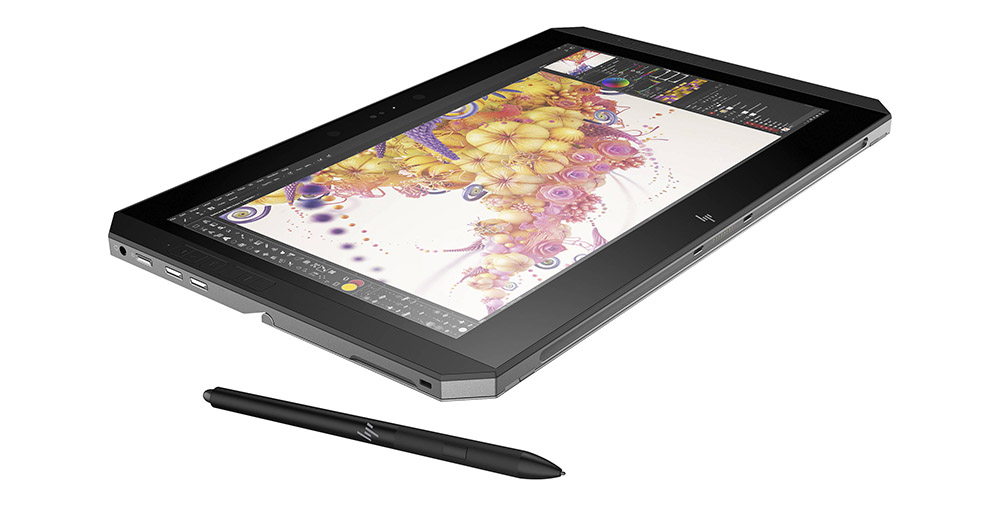
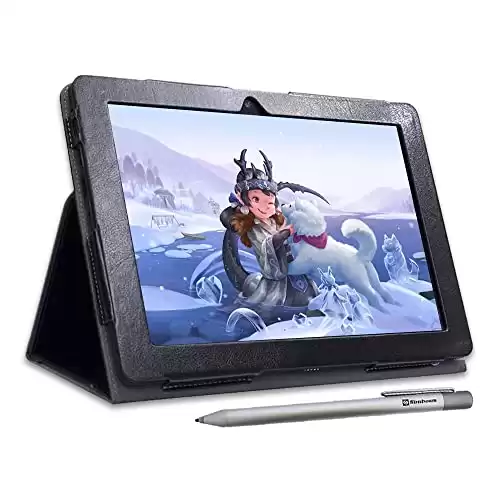
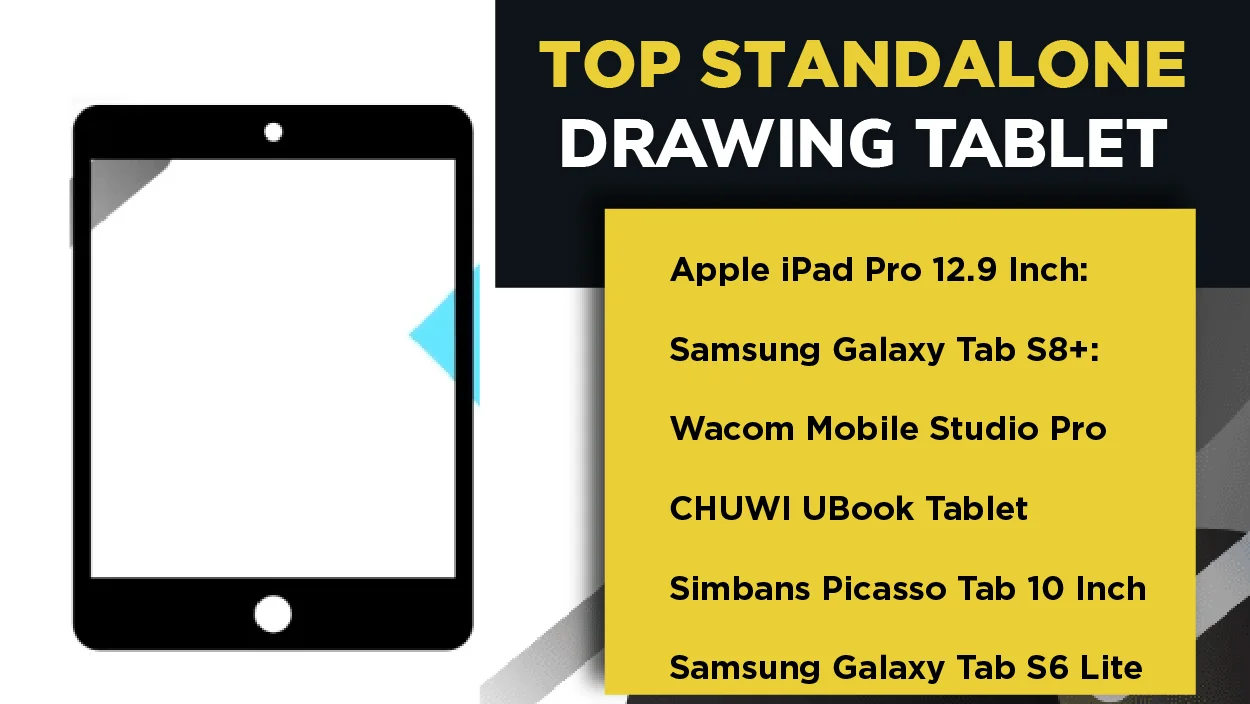
![Drawing Tablets That Dont Need A Computer Drawing Tablets That Don't Need A Computer [Buyer's Guide]](https://m.media-amazon.com/images/I/41iV-d5sl8L.jpg)


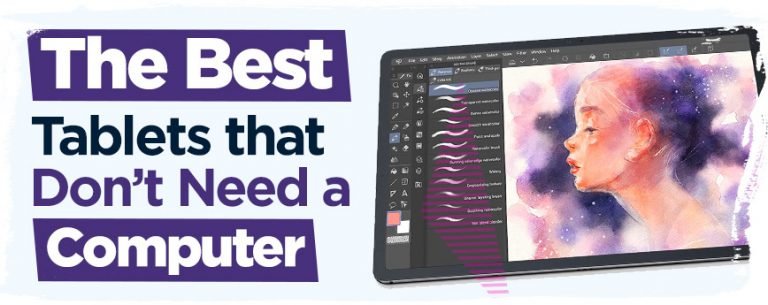





![Drawing Tablets That Dont Need A Computer Drawing Tablets That Don't Need A Computer [Buyer's Guide]](https://homesthetics.net/wp-content/uploads/2022/01/Drawing-Tablets-That-Dont-Need-A-Computer-02.jpg)

